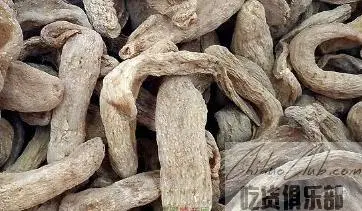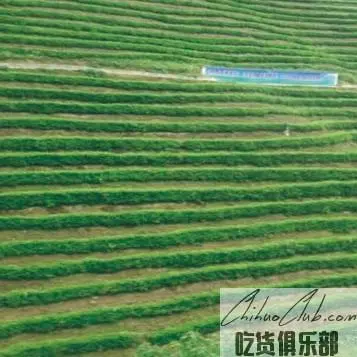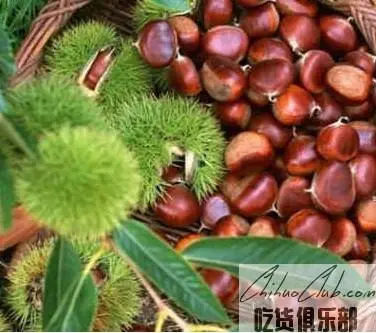shengzhixiaxianjixingzhengquhua0-hongpingzhen specialty



Shennongjia wild chestnut is pure natural wild nut, small nut, triangular flat oval, reddish brown or reddish brown, thin and smooth, shiny; fleshy yellow, flat and seamless cross section, fine meat, sweet flavor.

Shennong Baihua honey is produced in the primeval forest of Shennongjia. In this virgin forest is an ancient elf - the Chinese bee. Shennongjia Forest Area is a national-level Chinese bee (Central China Bee) protected area, and is the only administrative area in the country that does not raise exotic bee species. Shennongjia has more than 3,700 kinds of plants, 2023 kinds of medicinal plants, 1017 kinds of wild flowers and plants, and 1888 flavors of Chinese herbal medicines, forming an irreplaceable high-quality wild honey source area. Wild high-quality honey-source plants, local traditional Chinese honeybees, and ancient ecological farming methods have made Shennong's nectar pure and non-polluting, and have high quality of treatment, health care and beauty.

In the records of "Shen Nong Zhi Zhi", the potato (potato) has its own local language as artichoke. Because of its long history in planting Shennongjia, it is commonly known as Shennongjia artichoke. The forest coverage rate of Shennongjia is 89%, and the core area is 96%. There is no environmental pollution in the territory, the climate is cool, the rainfall is abundant, the sunshine is sufficient, the temperature difference between day and night is large, the soil is loose, and it is rich in organic matter. It is a natural ecological plantation of high quality organic food. Shennongjia artichokes have a long growing cycle, slower variety, strong resistance, less pests and diseases, and are conducive to the accumulation of nutrients. Therefore, although the appearance of Shennongjia artichoke is not good, the skin is slightly rough, the buds are deep, and the head is small, but its starch and dried High content of substances and trace elements (dry matter ≥ 20%, starch content ≥ 13%), resistant to storage. After being matured, it has a good taste, and has a special geographical indication such as fine texture, powdery and sweet, and unique flavor. Therefore, it is also known as the "Shen Nongjia Alpine Artichoke" by the majority of "food."